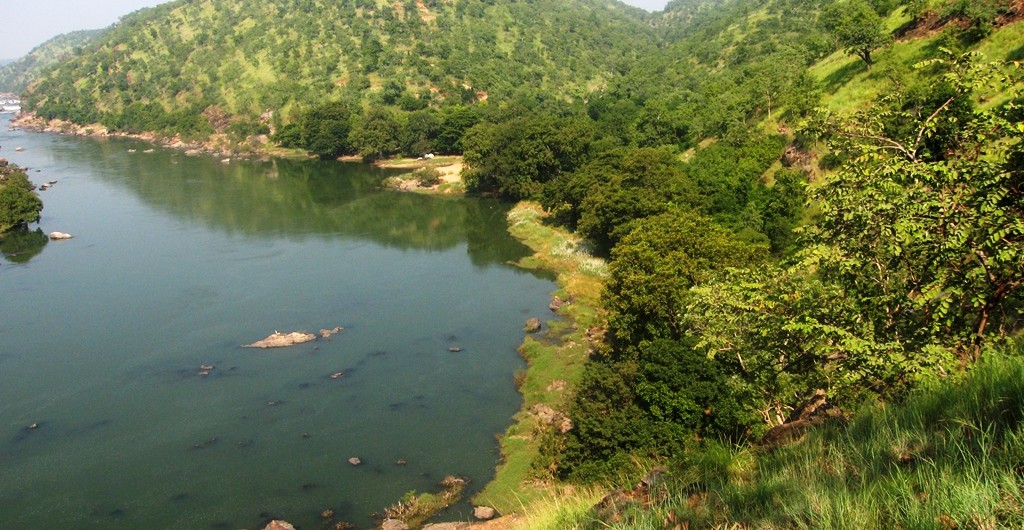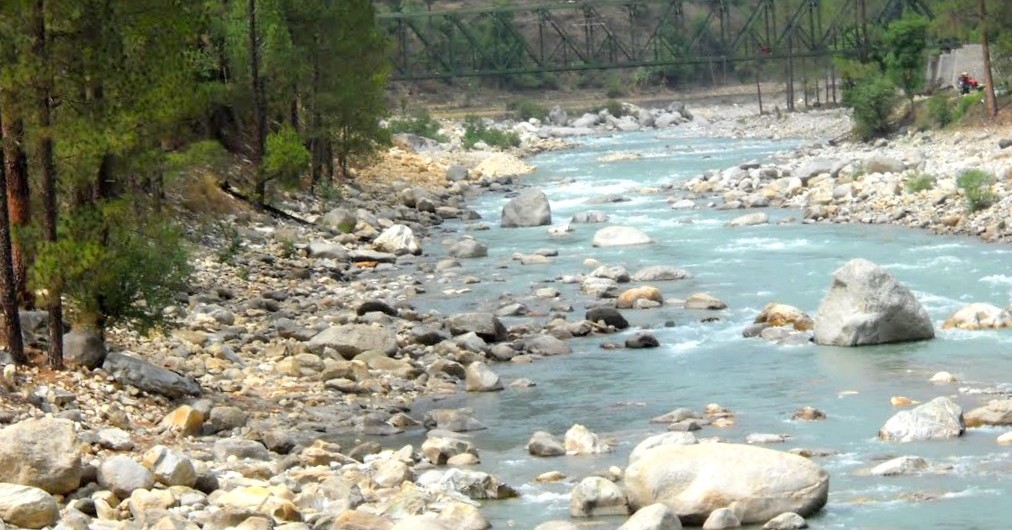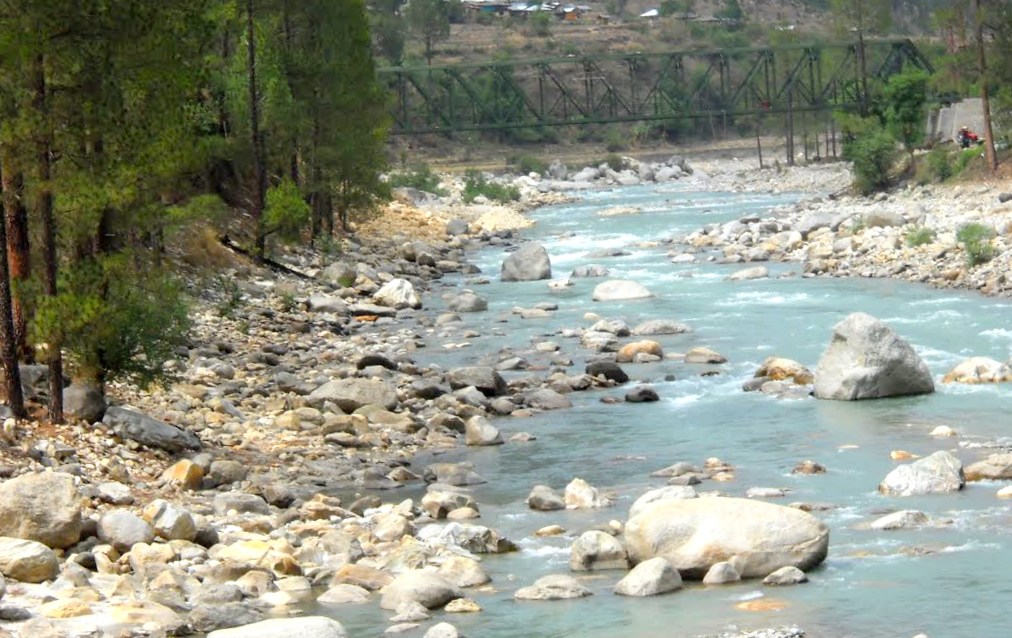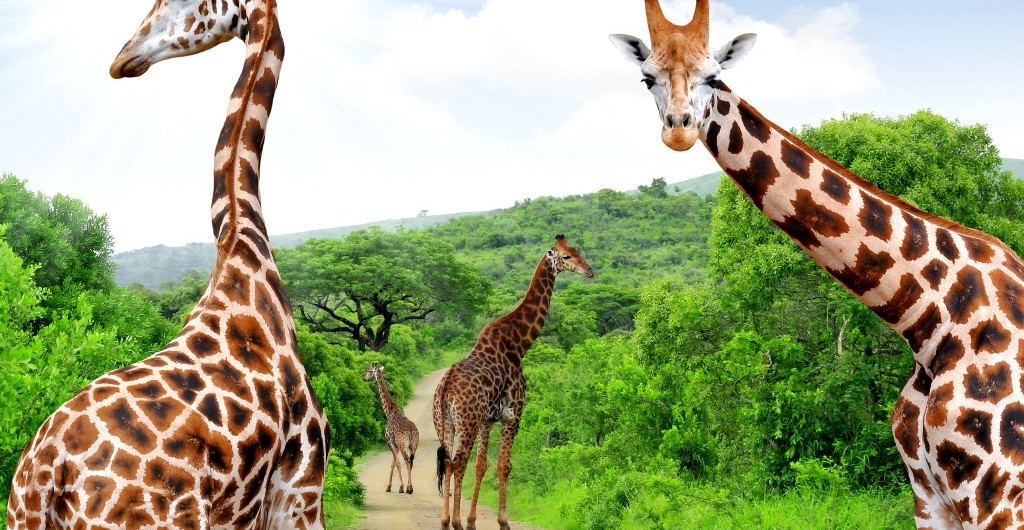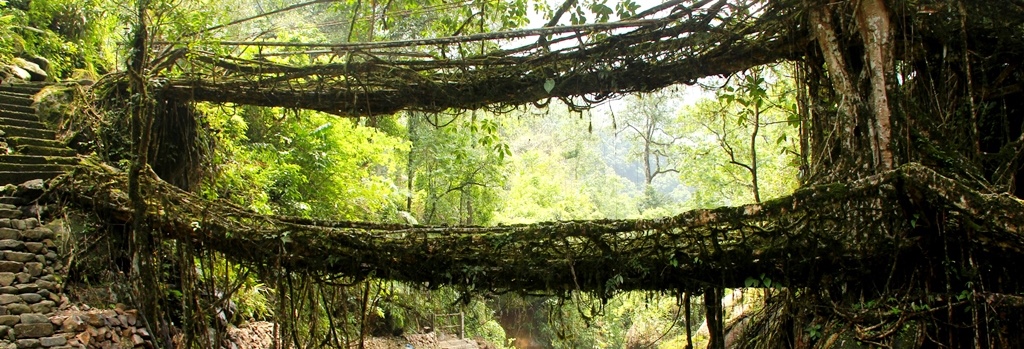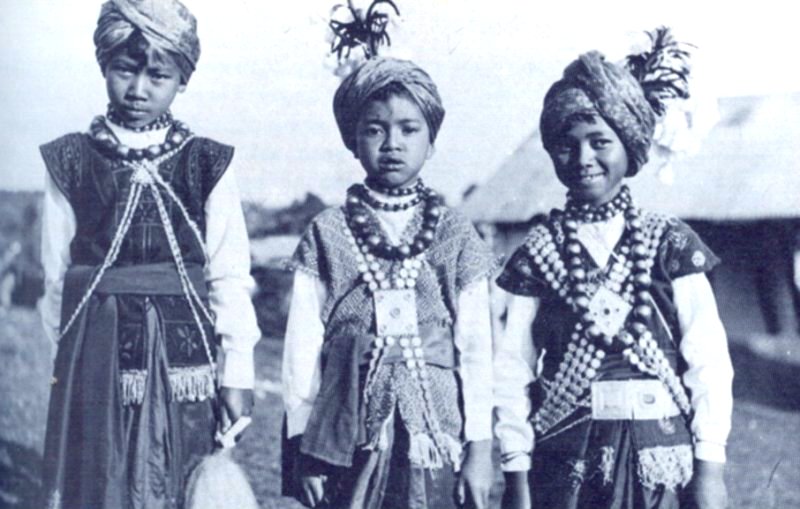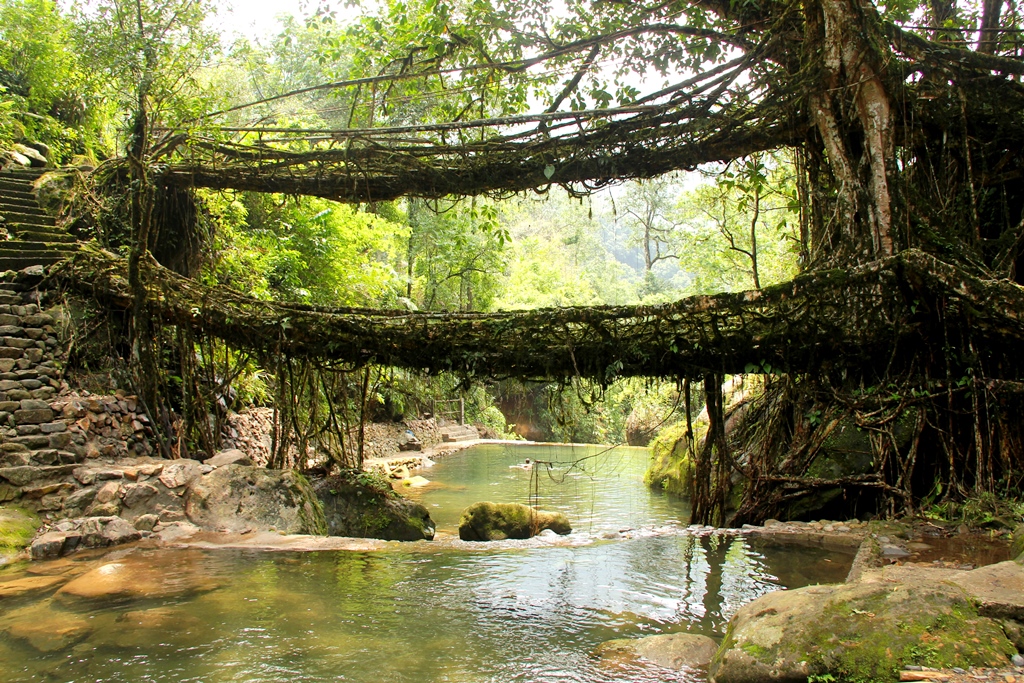Located picturesquely on the banks of River Kaveri, Bheemeshwari is approximately 100 kms from the tech city of Bangalore. It is a perfect weekend getaway for those residing in Bangalore and around. Due to the greenery and the tranquility that it offers, it makes for a great picnic spot for families. But there is more to this place than just picnics.
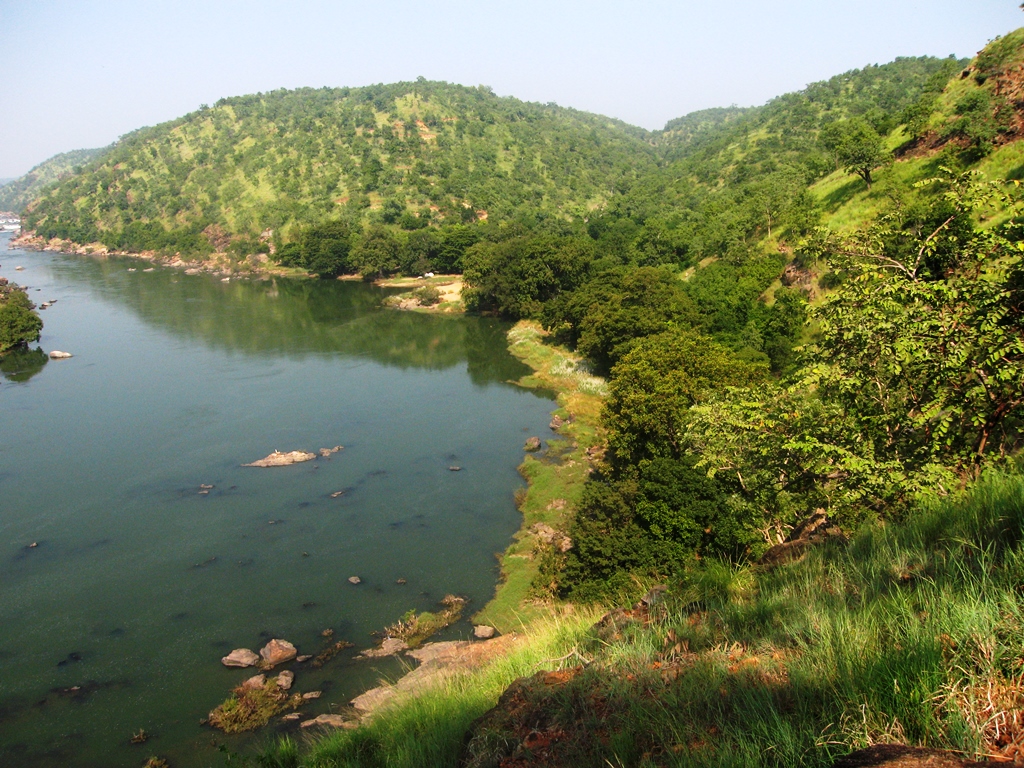
Due to vast verdant spaces, availability of camps and adventure activities like whitewater rafting, trekking, birding, angling, kayaking, camping and coracle ride, it is one of the most visited destinations for corporate off-sites and soft adventures. Click here for an adventure filled trip to Bheemeshwari.
It lies between the Shivasamudra falls and Mekedatu in the Mandya district and is a natural habitat for the Mahseer fish and many other animals. It has many fishing camps that offer accommodation and angling as a leisure and responsible sport where the Mahseer fish are released back into the water.
Bheemeshwari is also extremely popular for its wildlife sanctuary which is located amid natural waterfalls Barachukki, Mekedatu and Gaganachukk. It is an ideal place to go for a wildlife trek and watch wild animals like elephants, deer, wild boars, leopards, otters, crocodiles, monkeys, jackals and birds like ibis, herons, kingfisher and pigmy woodpecker in close quarters.

